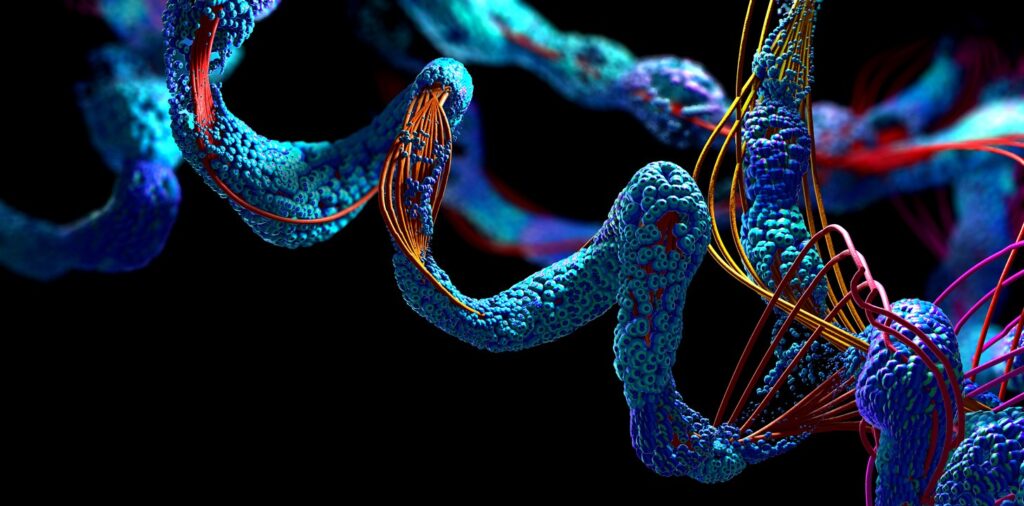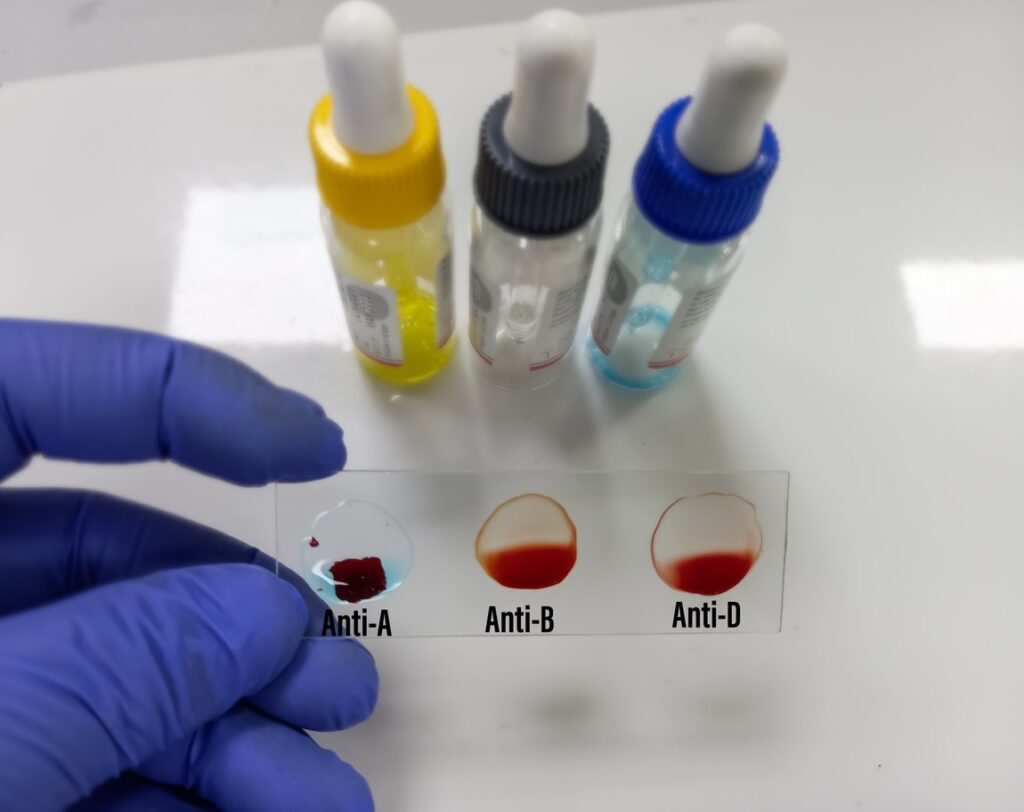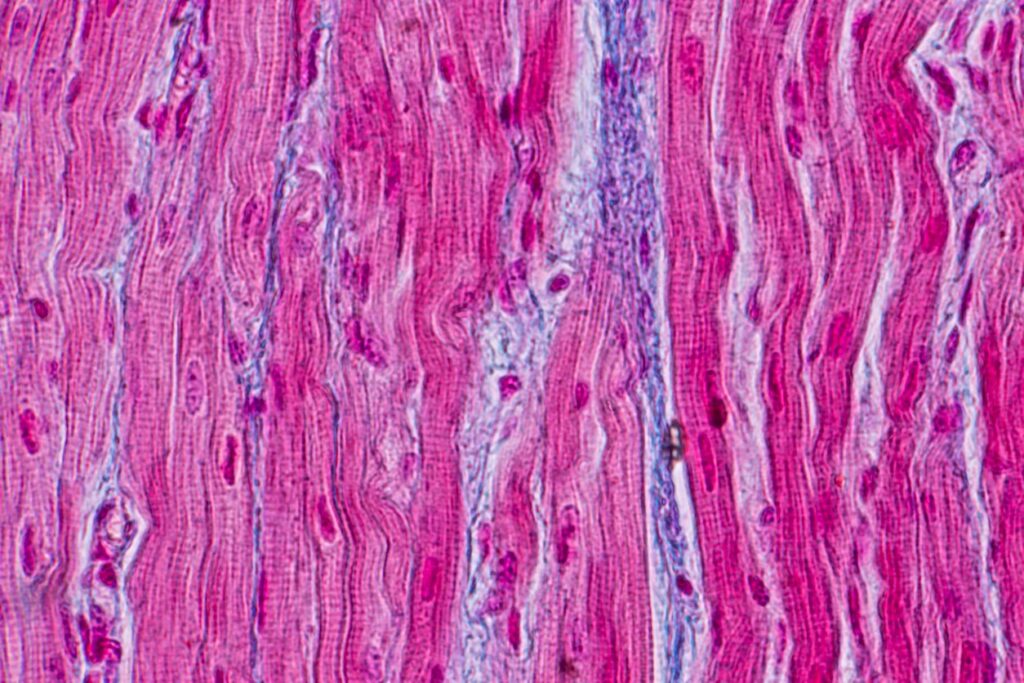No products in the cart
Peptide Blog
All articles and shared info are for educational purposes only.
Latest Peptide Articles
Tesamorelin & Modified GRF 1-29, & Ipamorelin Peptide Blend – Potential Synergism
Tesamorelin, Modified GRF 1-29, and Ipamorelin represent a cohort of synthetic peptides with disparate mechanisms, converging on the probable stimulation of growth hormone (GH) synthesis and secretion. Tesamorelin, functioning as a synthetic analogue of growth hormone-releasing hormone (GHRH), appears to exhibit a distinctive potential to elicit the production and release of endogenous growth hormone (GH)....
Semaglutide Peptide: Research in Diabetes and Glycemic Control
Semaglutide peptide is a novel glucagon-like peptide-1 (GLP-1) receptor agonist. It has emerged as an innovative compound within the realm of type 2 diabetes mellitus and obesity research. This article provides an overview of Semaglutide, its proposed mechanism of action, essential functions, historical development, and research data. Semaglutide peptide is a synthetic analog of glucagon-like...
B7-33 Peptide: Research in Preeclampsia and Vasoprotection
B7-33, a monomeric peptide, represents a synthetic derivation in soluble form from the endogenous protein H2-relaxin. This innovative peptide appears to retain the intrinsic anti-fibrotic attributes of relaxin, and researchers suggest it may strategically avoid the upregulation of cyclic adenosine monophosphate (cAMP) production. Beyond these foundational proposed characteristics, B7-33 appears to exhibit the unique potential...
Diabetes Studies and Tirzepatide Peptide
Tirzepatide, a synthetic analog of gastric inhibitory polypeptide (GIP), has emerged as a promising research compound designed to address the complex interplay of type 2 diabetes and liver disease. Comprising 39 amino acids, this relatively sizable peptide appears to exhibit a unique mechanism of action, potentially simultaneously targeting GIP and GLP-1 receptors, and it is...
GHRP-2 and CJC 1295 Blend: Growth Hormone Deficiency and Fat Metabolism
Scientific investigations have suggested that the blend of GHRP-2 and CJC-1295 peptides may be associated with the activation of discrete receptors, fostering the potential augmentation of growth hormone (GH) discharge from the anterior pituitary. CJC-1295 represents a molecular entity that appears to exhibit a binding affinity for the growth hormone-releasing hormone (GHRH) receptors, thereby potentially...
Tesamorelin & Ipamorelin Blend: Studying their Potential in Growth Hormone Production
Tesamorelin and Ipamorelin represent two distinct synthetic growth hormone-releasing peptides (GHRPs) that have garnered considerable attention in the realm of biochemical research. Both compounds, Tesamorelin and Ipamorelin, appear to possess the potential to stimulate the release of endogenous growth hormone (GH) through the activation of the ghrelin receptor. This unique action has spurred increasing scientific...
GHK Basic (Tripeptide 1): Research in Skin Regeneration and Cancer Control
GHK, a tripeptide constituting the amino acid sequence glycine-histidine-lysine, appears to be ubiquitously found in plasma, saliva, and urine, exhibiting an age-related decline. In the context of plasma, GHK concentrations are suggested to be present at levels of approximately 200 ng/mL during early adulthood; however, these concentrations are speculated to diminish to approximately 80 ng/mL...
Thymosin Beta 4 and Cardiac Regeneration
Thymosin Beta 4 (TB4) is a naturally occurring peptide. It consists of 43 amino acids and research suggests that it may appear in high concentrations in various cell lines, including blood platelets and lymphocytes. Synthetic Thymosin Beta 4 is also known as TB-500. Research studies suggest that Thymosin Beta 4 may exhibit some potential to...
Chonluten (T-34) and its Potential in Gene Expression
Chonluten, also known as EDG tripeptide or T-34, is a short peptide made of 3 amino acids that may act as a potential bioregulator of gene expression. More specifically, it is made of the amino acids glycine, glutamine, and asparagine with the following configuration: Glu-Asp-Gly. According to laboratory research, Chonluten (T-34) may be derived from...









